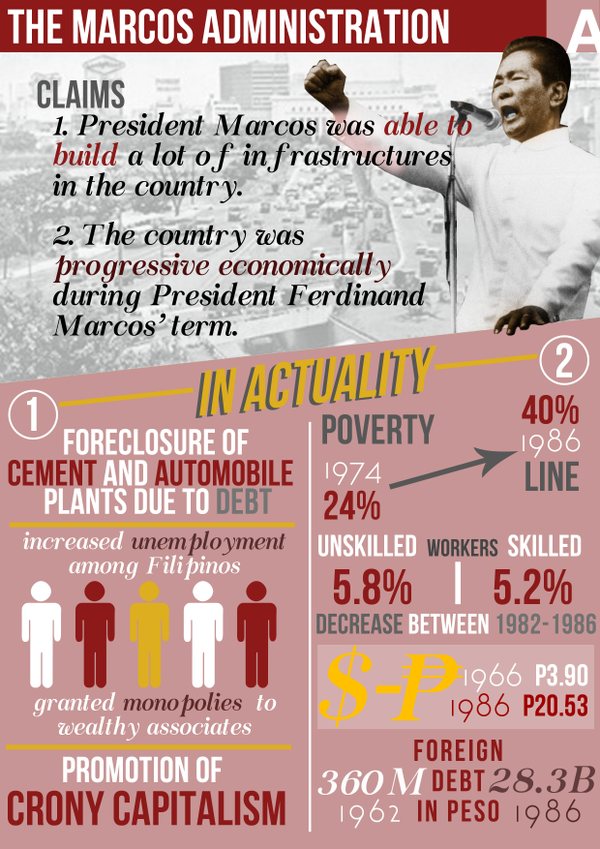Embark On A Remarkable Journey Right Into The World Of Martial Arts, Where The Blend Of Age-Old Customizeds And Modern Performance Awaits
Embark On A Remarkable Journey Right Into The World Of Martial Arts, Where The Blend Of Age-Old Customizeds And Modern Performance Awaits
Blog Article
Post Developed By-Moesgaard Patterson
Enter the ancient globe where martial arts were substantiated of necessity in varied areas. Societies crafted special combating styles intertwined with historic contexts. Strategies evolved over centuries via devoted practice and cultural exchanges. Today, modern-day martial arts mix traditional components for maximum performance. Philosophically, martial arts stress technique, self-improvement, and consistency. Regard, humility, and balance are fundamental principles leading professionals in the direction of development and durability. Check out the midsts of this rich background and viewpoint to reveal the profound impacts forming this enduring self-control.
Beginnings of Fighting Style
Fighting style originated in various regions all over the world, advancing as functional combat systems to defend against hazards. These ancient fighting designs were established out of requirement, with each culture crafting techniques suited to their distinct atmospheres and obstacles. From the grappling arts of Jujutsu in Japan to the striking techniques of Martial art in China, martial arts were deeply intertwined with the historic, social, and social material of their respective societies.
In Japan, the samurai class polished martial arts like Kenjutsu, the art of the sword, which later on advanced right into the more promoted kind of Kendo. At the same time, in Brazil, Capoeira emerged as a mix of dance and fight, developed by enslaved Africans as a method to resist oppression. Each martial art brings with it an abundant history and philosophy, showing the worths and beliefs of individuals that practiced them.
As you delve into the beginnings of martial arts, you discover a tapestry of human resourcefulness, resilience, and the stubborn spirit of warriors throughout time.
Advancement of Strategies
Through centuries of technique and improvement, combat methods within numerous martial arts have actually gone through an extensive evolution. From how soon should kid martial arts like Martial art and Martial arts to extra modern-day techniques such as Brazilian Jiu-Jitsu and Krav Maga, the evolution of techniques has actually been driven by a combination of cultural influences, sensible applications, and technical developments.
One substantial facet of this advancement is the cross-pollination of methods in between various martial arts. For example, methods from conventional Japanese Jiu-Jitsu were included into the development of Judo by Jigoro Kano in the late 19th century. This mixing of designs has led to the advancement of crossbreed martial arts like Mixed Martial Arts (MIXED MARTIAL ARTS), which incorporate components of striking, grappling, and submission strategies.
Furthermore, the development of techniques has actually been shaped by the boosting emphasis on efficiency and effectiveness in battle. Specialists have actually continually looked for to improve their techniques through rigorous training, testing, and competitors, leading to the growth of extremely specialized and reliable battling designs. On the whole, the advancement of strategies in martial arts shows the vibrant nature of fight and the recurring quest for improvement and innovation.
Thoughtful Structures
Checking out the underlying philosophical principles of martial arts gives understanding into their core values and guiding beliefs. At the heart of numerous martial arts disciplines is the idea of technique itself. By educating your body and mind to function as one natural unit, you grow technique that expands past the dojo or fitness center right into daily life. This self-control encompasses regard, humility, and self-control, forming not just your physical capabilities however also your personality.
One more essential philosophical structure in martial arts is the concept of continual self-improvement. The trip of mastering a fighting style is continuous, with professionals frequently making every effort to much better themselves, both physically and psychologically. This concentrate on growth promotes resilience, willpower, and a development frame of mind that can be related to all aspects of life.
In addition, martial arts stress the significance of harmony and balance. Strategies are made to make use of a challenger's energy versus them, highlighting the principle of generating and rerouting force rather than satisfying it head-on. This viewpoint encompasses social connections, promoting calm resolutions and good understanding. By welcoming these philosophical foundations, martial artists not just improve their combat abilities however likewise grow a way of life centered on individual growth, respect, and harmony.
Conclusion
In conclusion, the history and approach of martial arts supply an abundant tapestry of tradition, discipline, and self-improvement.
Consider Recommended Website of Bruce Lee, that revolutionized martial arts by mixing various styles and viewpoints to develop his very own distinct form of Jeet Kune Do.
Via dedication and advancement, martial musicians continue to press boundaries and inspire others to reach their full capacity both in battle and in life.
